Genie: The Wish-Granting Spirit of Middle Eastern and Western Folklore
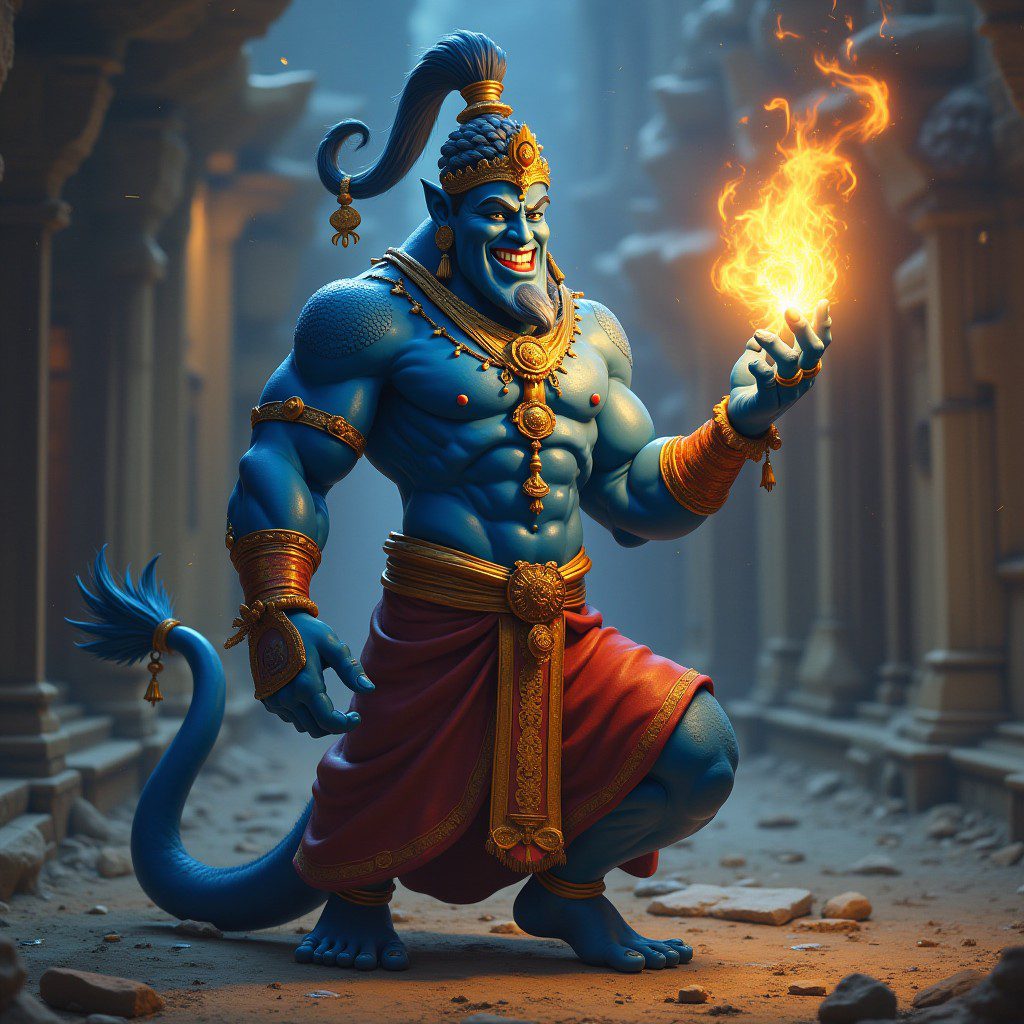
When most people hear the word Genie, their minds immediately conjure images of a magical being emerging from a lamp, ready to grant three wishes. This depiction, popularized by Western adaptations of Middle Eastern folklore, particularly through tales like Aladdin and Disney’s animated film, only scratches the surface of the Genie’s deeper roots in mythology. Known as Djinn (plural for “Jinn”) in Islamic and Arabian traditions, these spirits are much more complex than their Western portrayal as wish-granting tricksters. Genies are powerful, mystical beings, imbued with free will and often capable of both good and evil.
The Origins of the Genie
The concept of the Genie (derived from the Arabic term Djinn) dates back to ancient pre-Islamic Arabian religion, where Djinn were believed to be spirits of the desert, living in remote or desolate places. In Islamic theology, Djinn were created by Allah from smokeless fire, long before the creation of humanity. Unlike angels, who are made from light and are bound to follow divine orders, Djinn (and by extension Genies) have free will—the ability to choose between good and evil, much like humans.
While the term Djinn encompasses a variety of spirits with different temperaments and powers, the Genie in modern popular culture refers to a specific subset of these spirits—those bound to magical objects like lamps or bottles, typically with the ability to grant wishes. However, the act of granting wishes is a Westernized concept, often far removed from the original Djinn lore in which these spirits were far more unpredictable and less inclined to serve humans willingly.
The Story of Aladdin and the Western Genie
The most famous Genie in popular culture comes from the story of Aladdin, which is part of the One Thousand and One Nights (or Arabian Nights), a collection of Middle Eastern folktales. However, it’s worth noting that the story of Aladdin and the Magic Lamp was not originally part of the earliest versions of Arabian Nights. The tale was added by a French translator, Antoine Galland, in the early 18th century after he heard the story from a Syrian storyteller.
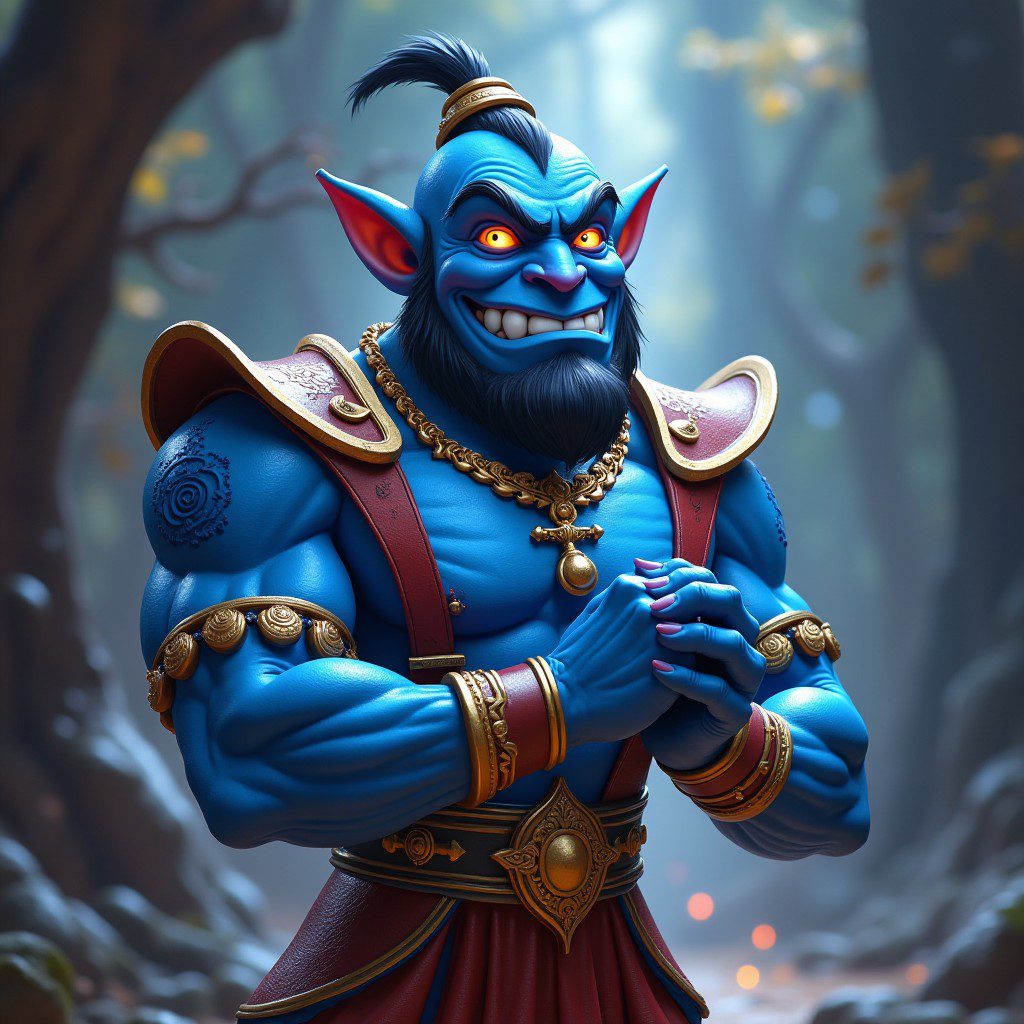
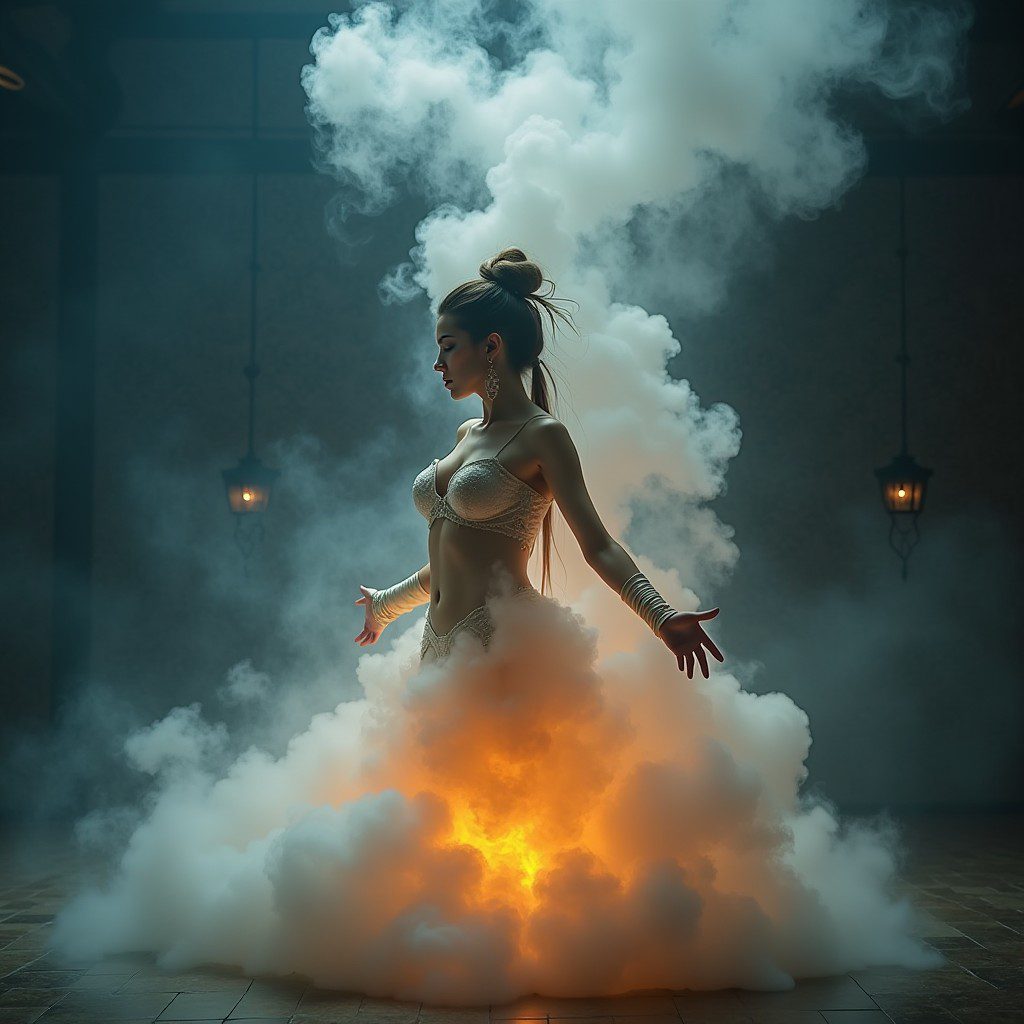
In the story, Aladdin, a poor young man, discovers a magical lamp that contains a powerful Genie (or Djinn). When Aladdin rubs the lamp, the Genie emerges and offers to grant him wishes, setting the stage for a classic tale of rags to riches. In the original version, the Genie is a formidable being, but in many Western retellings, he is depicted as a playful, loyal servant who fulfills Aladdin’s every desire.
Disney’s Aladdin (1992) cemented the modern image of the Genie as a friendly, comedic character, voiced by Robin Williams, who uses his immense powers to help Aladdin. This portrayal, while entertaining, greatly softens the Genie’s historical and mythological roots as a potentially dangerous and unpredictable force.
The Nature of the Genie: Power and Freedom
One of the most intriguing aspects of the Genie is the balance between its immense power and captivity. Despite having the ability to bend reality, grant wishes, and wield magical powers beyond human comprehension, the Genie is often depicted as bound to an object—typically a lamp or bottle—and is forced into servitude by whoever possesses it.
This paradox of being both all-powerful and enslaved speaks to deeper themes of control, freedom, and responsibility. While the person who controls the Genie may enjoy great fortune through their wishes, the relationship is rarely simple. The Genie, as a sentient being with its own will, often resents its captivity, and this tension can lead to unintended consequences.
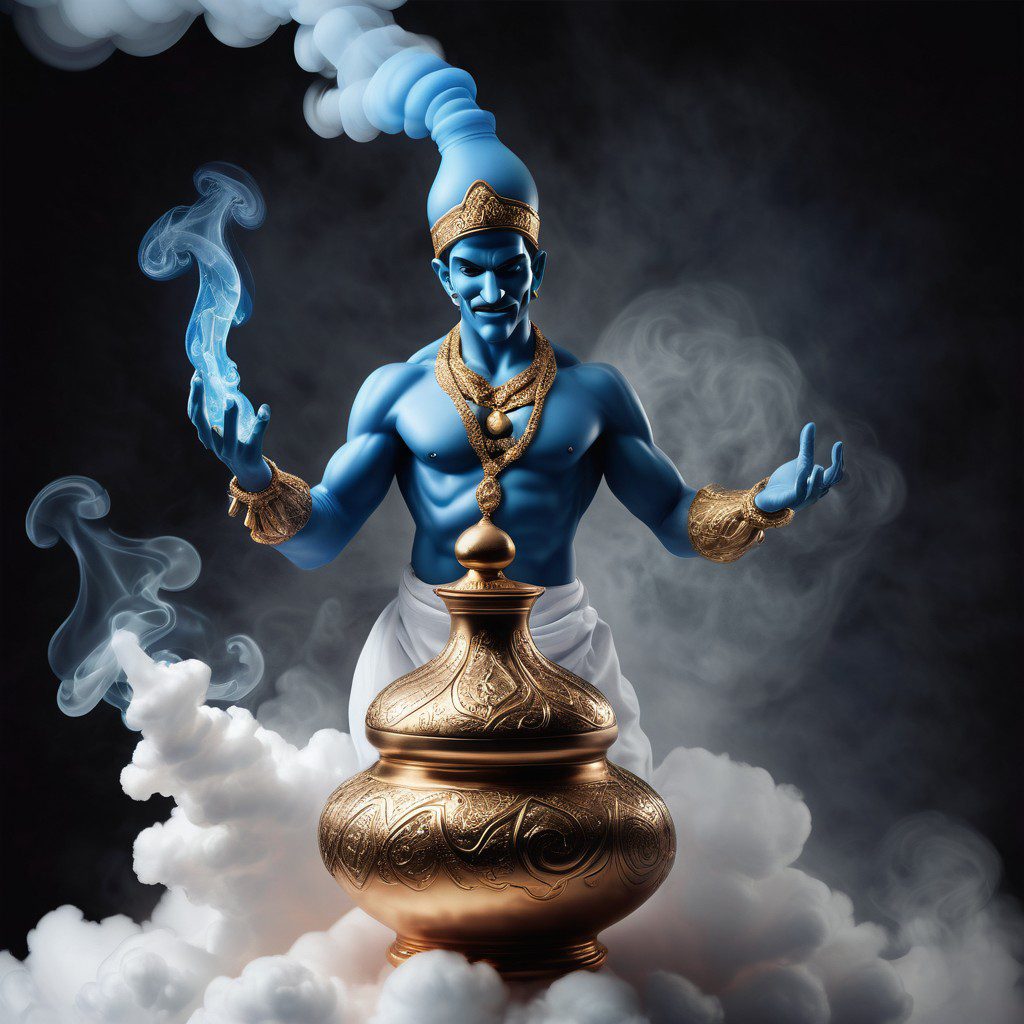
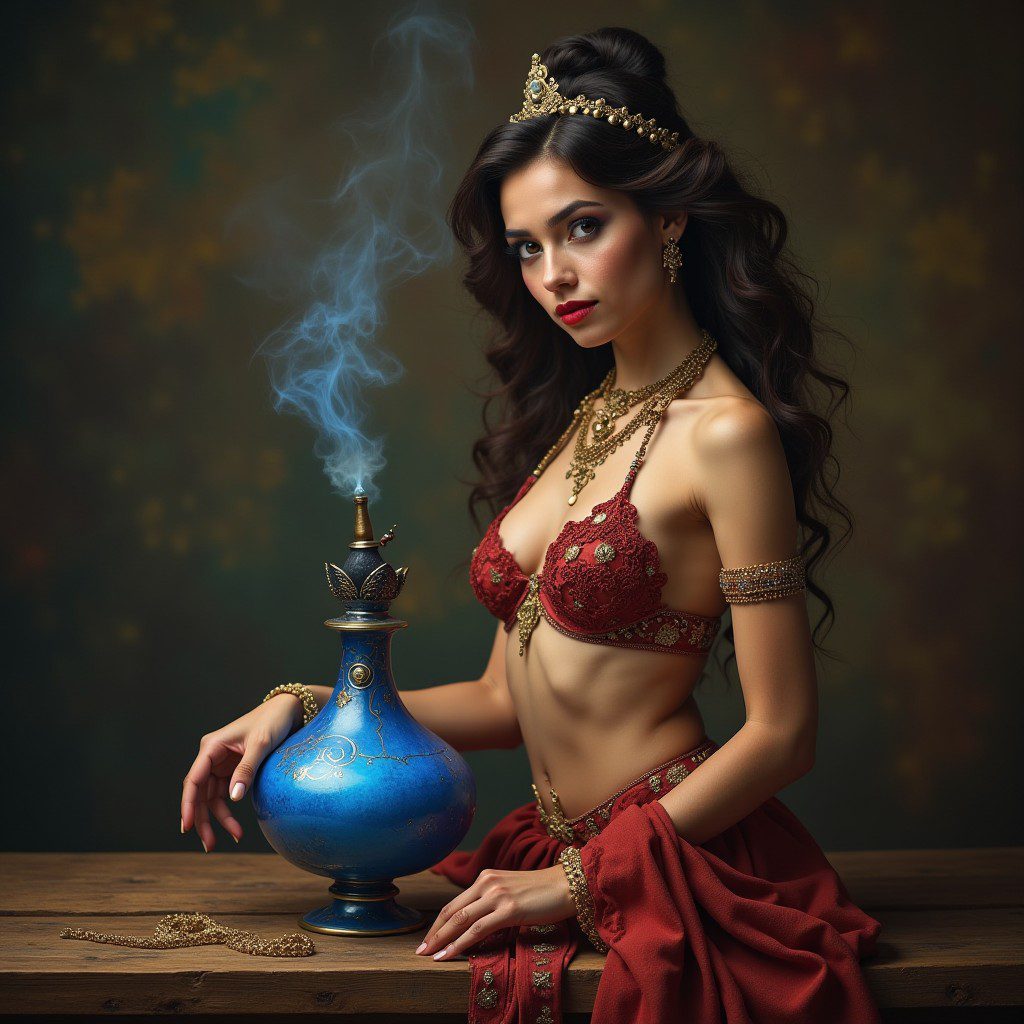
In some stories, the wishes granted by the Genie come with unforeseen problems, as the Genie manipulates the wording or intent of the wish to teach the wisher a lesson or to express its own anger at being controlled. This darker aspect of the Genie is seen in older folktales, where interactions with Djinn often lead to misfortune or tragedy.
The Three Wishes: Gift or Curse?
In Western stories, the Genie is most famous for granting three wishes. But this seemingly simple idea carries significant moral and philosophical weight. While the prospect of having three wishes fulfilled sounds ideal, folklore often warns of the dangers inherent in this type of power.
In many versions of the wish-granting trope, the wishes turn sour because of the wisher’s lack of foresight. This cautionary theme runs through many folktales and legends, not just those about Genies. It suggests that the ability to magically solve all one’s problems may lead to unintended consequences. For example, a wish for wealth may bring misfortune, or a desire for eternal life could result in endless suffering. In this way, the Genie acts as a mirror, reflecting the human tendency to desire things without fully understanding the consequences.
The Symbolism of the Genie
The Genie, as a figure, has come to represent several powerful themes in folklore and storytelling.
- Unpredictability: Like the desert winds from which they come, Genies are often unpredictable and capricious. Their nature reflects the uncertainty of life and the forces beyond human control. The fact that they can grant wishes—yet often twist them—symbolizes how even seemingly positive outcomes can have unintended repercussions.
- Power and Servitude: The contradiction of the Genie’s existence—immense power but complete servitude—echoes the human condition, particularly the tension between freedom and constraint. The Genie, despite its magic, is often bound to a lamp or bottle, representing how even the most powerful beings can be trapped by circumstances or desires.
- Moral Lessons: Genies are often vehicles for moral lessons about greed, ambition, and human folly. In many stories, the wisher is punished or learns a hard lesson through the unintended consequences of their wishes. These tales remind us to be careful what we wish for and to consider the long-term effects of our desires.
Strengths and Weaknesses of the Genie
Strengths:
- Reality-Altering Powers: Genies have the ability to grant wishes, often reshaping reality to fulfill the desires of the person who controls them. This gives them almost limitless potential to change the world around them.
- Immortality: As supernatural beings, Genies are effectively immortal. They can live for thousands of years and are unaffected by age, disease, or most forms of physical harm.
- Shape-Shifting: Genies can change their appearance, taking on human or other forms to blend in with the world around them or manipulate their summoner.
Weaknesses:
- Bound to Objects: Despite their power, Genies are often bound to lamps, bottles, or rings, which means they can only be summoned or controlled by the person who possesses these objects.
- Trapped by Wills: Once summoned, Genies are forced to grant wishes or obey the commands of their master, which limits their freedom. This captivity often makes them resentful, leading to trickery or sabotage.
- Moral Ambiguity: Genies are neither fully good nor evil, but their actions are often guided by the nature of their captor’s wishes, which means they can sometimes cause unintended harm.
The Genie in Modern Media
The Genie has become a staple of modern fantasy and pop culture. Disney’s Aladdin gave the Genie a friendly, humorous twist, turning him into a beloved character who helps the hero while providing comic relief. However, the darker side of the Genie remains present in other media, such as the horror film Wishmaster (1997), where the Genie (or Djinn) grants wishes that lead to gruesome outcomes, reminding viewers that tampering with magic can have deadly consequences.
In literature, Genies appear in everything from Neil Gaiman’s American Gods, where a lonely taxi driver encounters a Djinn, to P.B. Kerr’s Children of the Lamp series, which explores the adventures of two children from a family of modern-day Djinn.
Genie: Friend or Foe?
The Genie remains one of the most fascinating figures in folklore, embodying the tension between desire and consequence, freedom and captivity. Whether viewed as a benevolent wish-granter or a mischievous trickster, the Genie offers a glimpse into the powerful forces of magic and the dangers that come with them.
In the end, the stories of the Genie remind us of one timeless truth: Be careful what you wish for, because you just might get it.
